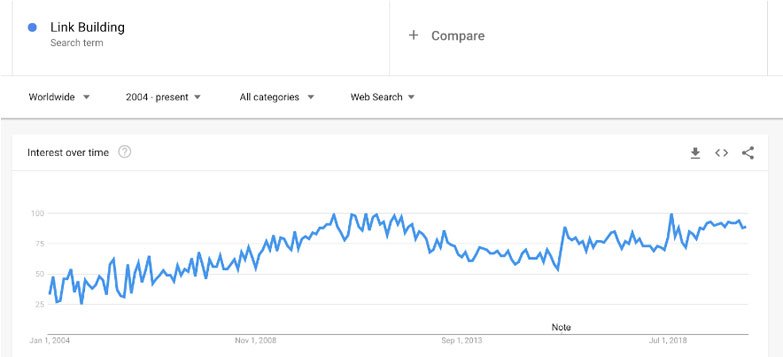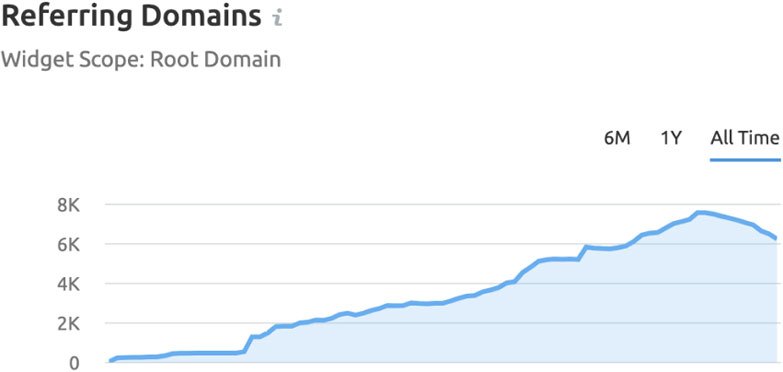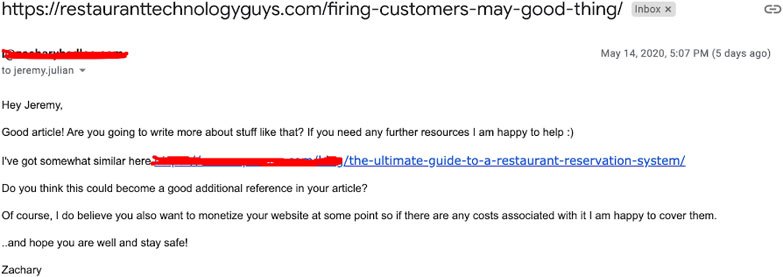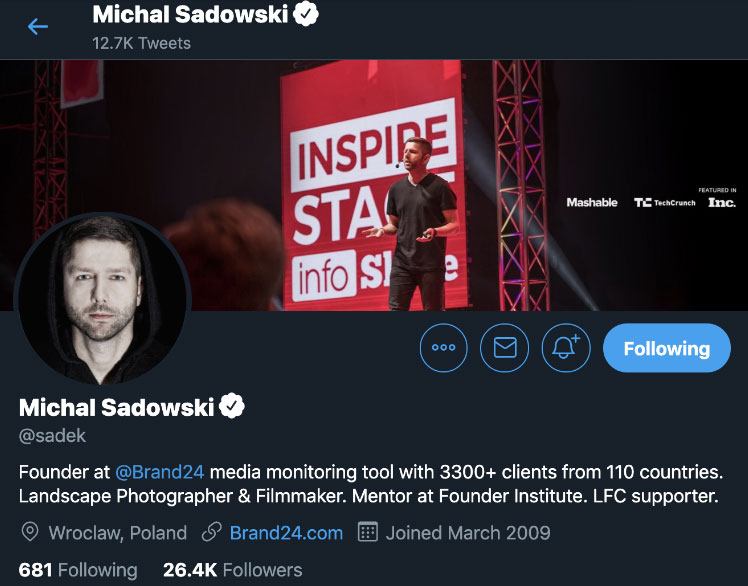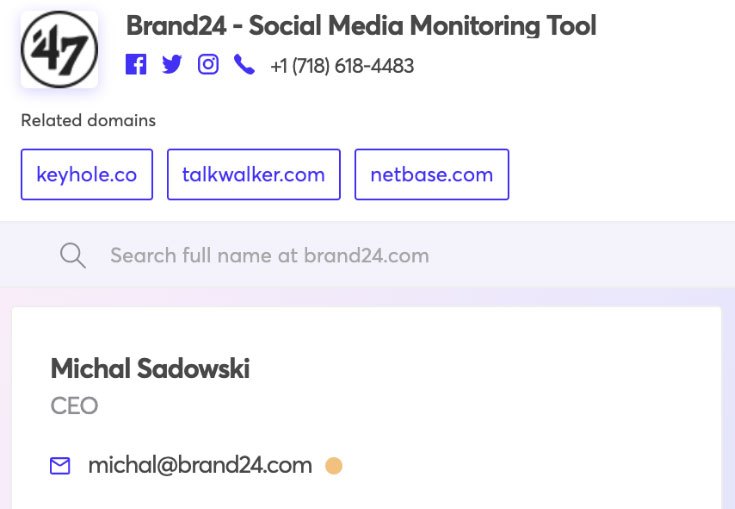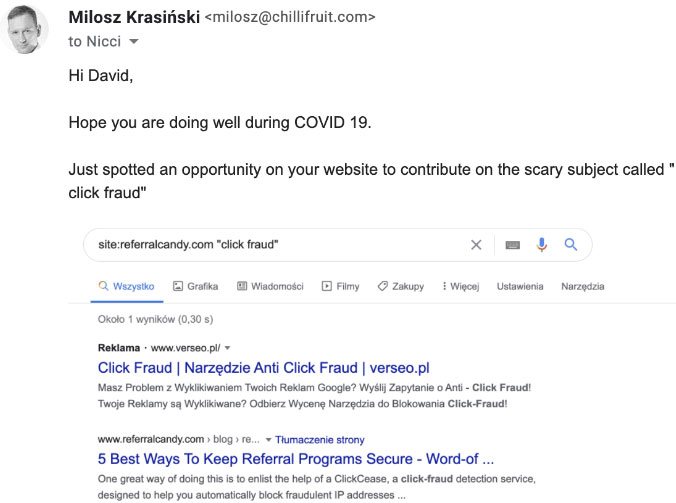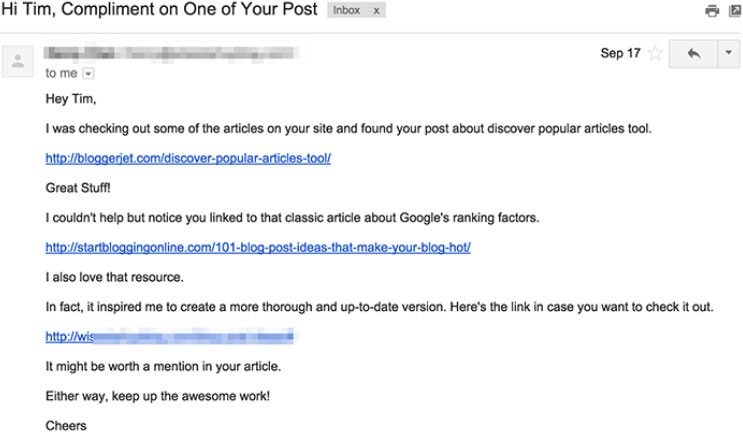Building Blocks – The Dos and Don’ts of Using Email Outreach for Link Building
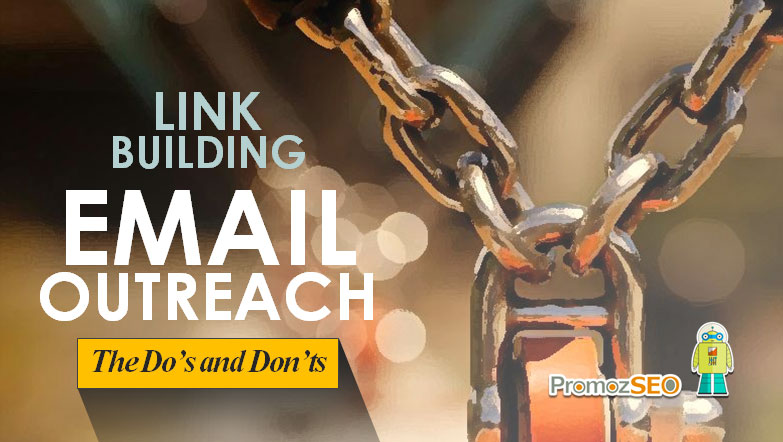
Ah, link building – one of the most important, yet underrated things that you’re probably not doing for your business. In 2020, it’s hard to overstate how vital link building is for your brand, and, today, we’re going to be talking about how to supersize your link building with email outreach.
Build It and They Will Come
Firstly, what exactly do we mean by link building? For the uninitiated, link building is the practiced art of gaining links for your website from other websites. Put simply, if you have a link on somebody else’s site leading back to yours, it’s kind of like a cyber superhighway bringing potential customers to your door.
In an ideal world, these links would automatically be delivered at regular intervals by the link fairy; however, in reality, it takes work, determination, and consistency to get your hands on them.
There are a number of ways of gaining links for your site, including networking on social media platforms and word of mouth, but, for now, we’re going to focus on looking into links through email outreach.
Great Links Are in the Mail
No matter how much new technology heads our way, email outreach is an effective and enduring method of staying in touch with customers and snagging new leads.
Modern-day email allows us to get our message across with not just text content but also with links, photos, and video footage – all in the time it takes to make a cup of tea. For this reason, email is one of our favorite ways of performing link building. So, how’s it done?
The A-List
As you’ve no doubt guessed, this is about sending emails to people or businesses in order to convince them to place a link on their site to yours.
You’re going to be sending the target to your website so, before you begin, you need to make sure that your site is working properly and looking its best.
Your first task will be to decide who you’ll be sending your emails to and, for this, you need to do some comprehensive research. Start up a spreadsheet and include the following information for each ‘target’:
- Full name
- Business name if appropriate
- Why you’ve chosen him or her
- Compelling reasons for him or her to agree to place a link on their site
- Page URL
- Email address
- Follow up – include when you contacted the person, what the reply (if any) was and, your intended next action
Probably the most important part of this list is ‘why you’ve chosen him or her’ and, this one is the reason for your comprehensive research.
They say that a stranger is just a friend that you’ve never met, but that doesn’t cut any ice with link building. Sending somebody an email without knowing who they are, what they do, and, essentially, how they roll is more or less spam, and your emails are likely to be destined for deletion.
When doing your research, it’s worth drilling a little deeper to find out if there is any kind of relationship between any of the targets on your list. If there is, you can ‘go bold’ and mention that relationship – and potentially gain links from both as a result.
Targeting Dos and Don’ts
Dos
- Do choose people or sites with lots of traffic or followers – there’s very little point in linking to a website that has less visitors than a local during a lockdown
- Do use a tool to help you find great leads
- Do research thoroughly to find out how he or she works
- Do research the kind of links they already have on their site
- Use media monitoring tools to listen prospects mention
Don’ts
- Don’t use a scattergun approach to your targeting – it will show. Choose only relevant targets
- Don’t target celebrity or super high profile people – your email will rarely reach that person and will usually be filtered and binned by an employee
Mastering the Email
Now that you’ve got your shiny new target list, it’s time to start crafting your email.
Your objective here is to create a compelling missive that showcases yourself as a professional and clearly shows that you know who the target is and that you’re familiar with their work.
Easy right? No – but it’s not impossible. Mastering the perfect email takes practice, but it can pay dividends when done right. The first – and most important thing to work on is your email subject, as this really is the make or break point.
Heading for a Fall
The reason that most deleted emails fail is all down to the subject. Whilst we agree that an email subject shouldn’t be boring or overly formal, many make the mistake of going too far the other way. The object of your subject is to grab attention – which is fine as long as it makes sense.
Don’t be tempted to go with a silly or shouty subject like ‘Open me now for great news’ or anything with the recipient’s name in the line.
The idea is to use a subject line that is relevant to the content of the email without over-embellishment. Something simple but effective, like ‘Introducing my brand to yours’ or ‘Looking for two minutes of your time’ is always better than trying to be too clever.
The Introduction
Now that we’ve got your subject line out of the way, it’s time for the second most important part of your email – the introduction. No pressure but, if you don’t grab the recipient with your first paragraph, it’s pretty much all over – so pay attention.
As a rule of thumb, your introduction should cover who you are, what you do, and why you think your site would be a good fit for the target. You’ll also want to slip in a non-creepy compliment regarding their work. Sounds like a lot for one paragraph?
Here’s how it’s done:
“Hi Brian, I won’t take up too much of your time but, I’m a big fan of your blog, particularly your piece on fly fishing, and I feel like we could be a good fit. It would be great if you could find the time to have a quick look at my site as I’d love to hear your thoughts“.
Or,
“Hi Brian, I’m a regular visitor to your site and couldn’t help noticing that the link to your fly fishing piece is broken. As this subject is one of my passions, I’d love to help“.
These introductions manage, in just a few words, to let the target know who you are and why you’re getting in touch – and will usually be engaging enough to keep him or her reading.
The Body
You’ve already given the target a snapshot of your intentions in the introduction so, now, it’s time to lay out the details – but keep it short. Use the body of your email to elaborate on what you’re after, and don’t forget to include links to your site and any photos or videos that you feel might help your case.
The Call to Action
The third most important part of your email is the bit where you let the target know what you would like them to do.
What you’re essentially after is the opportunity to open a dialogue with the target; rather than an immediate decision on linking. For this reason, it’s best to keep your Call to Action simple and go with a request for either a return email or an opportunity to speak with them by telephone.
For example,
“I’d love the opportunity to discuss this with you further and, it would be great if you could let me know when would be a good time to give you a call. Alternatively, please do feel free to share any questions or concerns by email.”
Giving the target options will usually lead to a more favorable result.
Email Dos and Don’ts
Email Dos
- Do put time and thought into your subject line
- Do mention the target’s name
- Do mention the target’s work or site
- Do get to the point – use your introduction to explain why you’re reaching out
- Do keep it short and sweet
- Do link or attach your best and most relevant work
- Do personalize your email
- Use if necessary landing pages with value proposition
Email Don’ts
- Don’t use a gimmicky subject line
- Don’t ramble – assume that the target’s time is as valuable as yours
- Don’t be pushy – keep the tone light and positive
Getting your email right is an art and one that you need to master. You can use your first email as a template but, remember to personalize the content to each recipient to avoid being perceived as a spammer – only one step up from a troll in internet circles.
The Follow Up
So, you’ve hit send, and your emails have gone on their merry way, now what? Now you wait. If your emails have done their job, you’ll hopefully see some responses pretty quickly, but, if not, wait for at least a few days.
Although you may check your emails constantly, which may not be the case for your targets, so you need to give them time to get around to opening yours. If you don’t, you stand a good chance of annoying them if they finally log on to find two or more emails from a complete stranger in their inbox.
Once a suitably nice few days have passed, you may want to give your targets a gentle prod.
Firstly, resist the urge to call them if you’ve managed to get hold of a number; nobody – and we mean nobody – enjoys unsolicited calls and, you almost certainly won’t get the result you’re looking for this way. Instead, put together a short and polite email which takes care of the following:
- Reintroduce yourself
- Remind the target of your first email
- Include a further example of your work
- Provide additional contact details, for example, social media
An excellent example of this would be,
“Hi Brian, I hope you’re well. You may remember that I reached out to you regarding your fly fishing broken link and I was wondering if you’d had a chance to have a look at my site. I know you must be busy, but it would be great to have a chat with you about this, and you can reach me on Messenger at Facebook.com/me.flyfishing.”
Hopefully, this will prompt the target to respond to you – if not, you can probably assume that he or she isn’t interested. This doesn’t necessarily mean you should give up but, you absolutely should give it another week or so before whizzing another follow up across the world wide web to them.
Follow Up Dos and Don’ts
Follow up Dos
- Do refresh the target’s memory – they may receive lots of emails like yours
- Do keep it polite
- Do offer more samples of your work as evidence that you would be a good fit
- Do offer as many contact methods as possible
Follow up Don’ts
- Don’t badger – nobody likes to feel harassed
- Don’t whine – you’re a professional, you’re not five
- Don’t brag – you’ve already given samples of your work, you don’t need to drive the point home by telling the target how great you are
Conclusion
Using email outreach for link building is a fine art and is very much a case of trial and error.
For the best results, put together two or three different emails and experiment with styles and tone – and then perform A/B testing to see which works best. As you become more proficient, you should automatically see the number of positive responses increasing, which will help you fine-tune your email template.
Once you’ve successfully bagged a link, don’t ghost the target as nobody likes to feel used. Make sure that you engage with them on social media, even if it’s just the odd like or share. Finally, you’re off to a good start – now go get some more links!
About the Author
Milosz Krasinski is blogger, consultant, and speaker. 50 percent marketer, 50 percent developer. Prior to Chilli Fruit Web Consulting acquisition he was co-building Digital Sigma Marketing based in UK, Oxfordshire.
An advanced All-in-One Digital Marketing Course.
Mentored by Mr. Soumya Roy, the Founder, CEO of PromozSEO Web Marketing Academy.
- Reasons Your Business Needs to be on Instagram - September 16, 2021
- 7 Reasons Your Business Should Invest in Professional Content Creation - August 12, 2021
- 5 Ways You Can Improve Your Website’s Existing Backlinks - April 30, 2021
